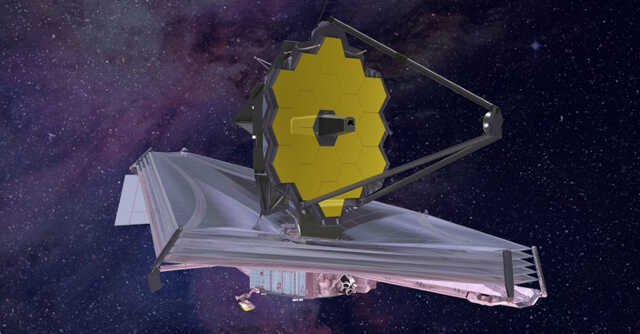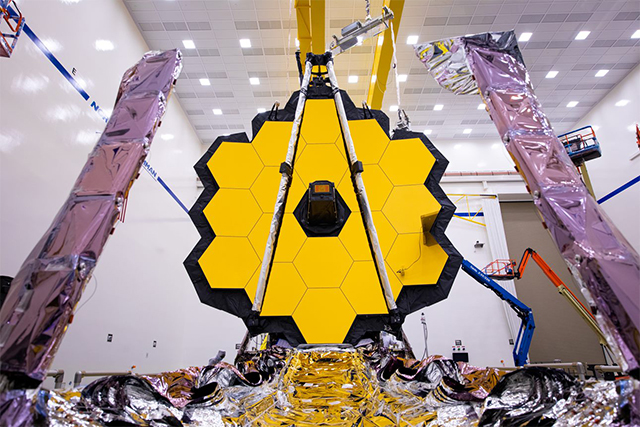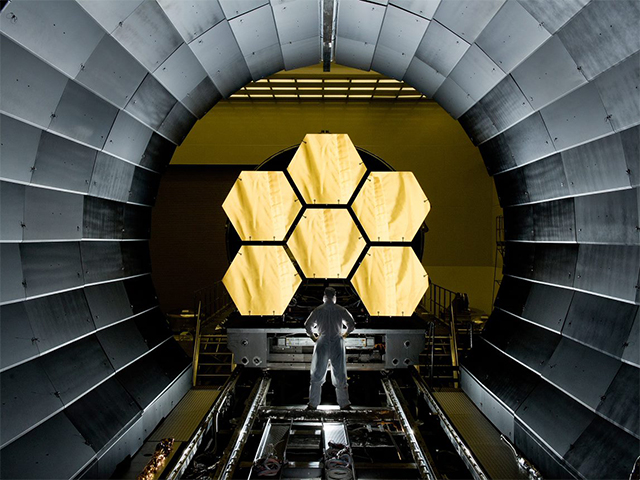
James Webb Space Telescope: the journey so far of mankind’s most adventurous space telescope


Since December 25, the James Webb Space Telescope (JWST) has finally made the journey that it has promised for nearly three decades. From conceptualisation till today, James Webb is now well into its deployment phase. The journey has been among the most complicated ones that any space project has taken on – involving unfolding one of the biggest telescope mirrors ever made.
On December 25, JWST took off for its eventual place of residence – Lagrange Point L2, about 1.5 million kilometres from Earth. The latter is one of five strategic points in space, where the interaction of gravitational forces is such that objects stay put once they are placed there. From its vantage point, the eventual goal form for JWST will be to capture incoming infrared light wavelength.
The reason why this is significant is because infrared light signifies incoming light from the earliest years of the universe. The reason for this is because light tends to bend as they travel long distances through time – from objects that are travelling away from us. This causes the wavelength of light to increase, therefore tending towards the infrared range.


The primary telescope mirror of JWST was so large that it had to be folded before being launched | Credit: NASA
First steps

Post launch, the first task for JWST was to deploy its solar array to power its movement. It subsequently cleared a crucial burn stage, which saw it correct its course and veer its trajectory towards Lagrange Point L2. Post this, the telescope deployed a number of its antennae and sensors before crossing the moon’s orbit on December 28.
It then began the deployment process of its sunshield, while observations from its initial trajectory revealed that the launch accuracy had helped it increase its mission lifespan by over 10 years – thanks to saved fuel. On January 1, the entire sunshield deployment process was completed.
Mirror deployments

The next key step took place on January 5, when the deployment process of its secondary mirror began. Then, after deploying its port mirror, the major step began on January 7 with the start of the deployment process of its main mirror. About a day later, the main mirror was fully deployed. On January 9, the main telescope mirror was also deployed – completing the full process of deployment of the James Webb Space Telescope.
Also read: James Webb Space Telescope: What is it, how it differs from Hubble and why is it a big deal?
Since the full mirror deployment, as JWST’s journey to L2 continues, work on mirror alignment has also begun. The entire process, as the JWST team of researchers have estimated, could take up to four months.

Main objectives
One of the very first and foremost factors that the James Webb telescope will seek to shed light on is the origin of starts – the very first ones, to be specific. This will also give researchers into how the stars were born, and how universal elements came together to bring about the evolution of galaxies over time.


The infrared telescope will have one of the farthest sights of any telescope till date | Credit: NASA
This will also give us insight in terms of the evolutionary process of planets – thereby telling us about the circumstances that led to the evolution and formation of Earth as we know it today. If the goals pan out successfully, key identifiers and information from JWST may give us clues in terms of how a life-supporting planet evolves over billions of years.
These clues, further down, could help scientists observing exoplanets to better identify potentially life supporting planets in our galaxy and beyond.

